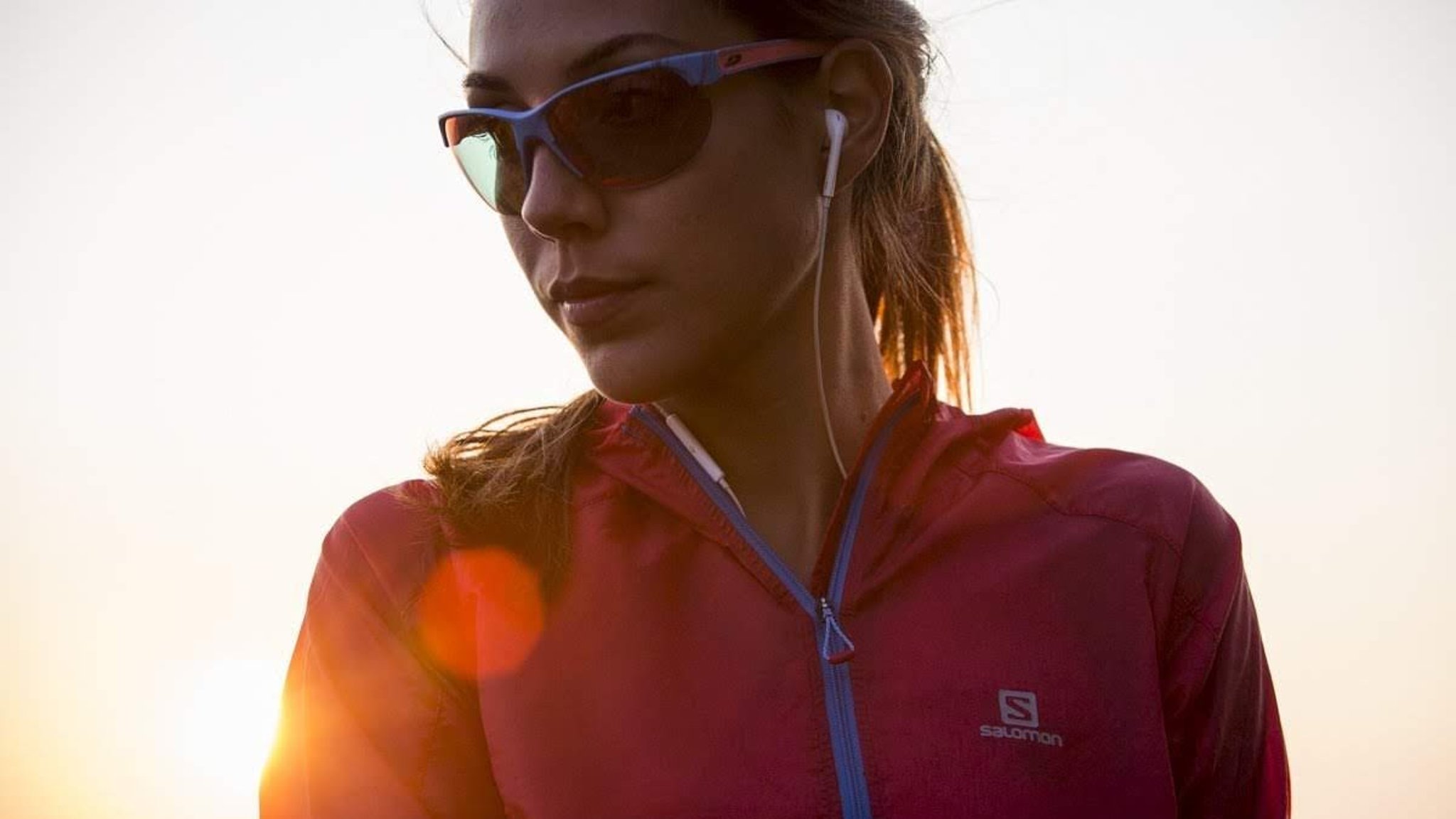Why every runner needs a good pair of sunglasses
Protecting your eyes from the sun is just as important as looking after your skin

A few years ago I had surgery to remove an unsightly pterygium from my right eye. The fleshy, irritable overgrowth was caused by countless hours of sunlight exposure when I was younger, and it’s estimated that about one in every 100 Australians develops one.
As runners, we think about protecting our skin from UV rays with sunscreen and hats before we step out into the sun. But how often do you think of protecting your eyes?
The effects of UV
Bupa Optometrist Karen Makin says ultraviolet (UV) radiation from the sun doesn’t just damage the skin.
“UV can lead to eye complaints such as cataracts and cancers on the surface of the eye,” says Makin.
“Thirty-one per cent of Australians aged over 55 have some form of cataracts and a lot of damage happens earlier in life when we’re active outdoors and think we’re doing the right thing for our health.”
Essential equipment
Australian Olympic marathon runner Jess Trengove spends a lot of time training outdoors and knows first-hand the value of a good pair of sport sunglasses.
“With all of my training and preparation for running, I focus relentlessly on staying healthy, protecting myself from injury and doing everything I can to maximise my performance. Wearing sunglasses is a natural part of that,” Trengove says.
“I’m lucky to be able to call the outdoors my office, but with that comes extra exposure to the sun and I’m mindful of the impact that can have on my eyes long-term.
Know the benefits
She says that in addition to UV protection, sunglasses also offer athletes other benefits.
“Wearing sunglasses also helps me to avoid squinting, which in turn relaxes my face, neck and shoulders and helps me to maintain an efficient posture.
“Sunnies also form a great barrier for the eyes against flying bugs which is an added bonus,” says Trengove.
Sunblock for the eyes
Makin says that sunglasses are one of the best ways to reduce eye damage and should form a part of everyone’s running kit.
“We all know to wear sunscreen but far too often we see the consequences of people not applying the same level of sunsmarts to their eyes.”
She says sunglasses for outdoor activities like running and cycling have come a long way from the 80’s and 90’s and there’s hundreds of styles to choose from.
“Today you can buy sunglasses for running that don’t bounce around with movement or fog up with exertion. Many now come with either light adjusting lens or changeable lens based on the specific activity and time of day,” says Makin.
What to look out for
Makin says it’s really important to check the rating of any sunglasses to ensure they provide an appropriate level of UV protection and are not just blocking light.
“Purchase sunglasses from a reputable retailer so you can be confident you’re getting the highest levels of eye protection, optimum viewing clarity and a comfortable close fit,” says Makin.
Six tips to choosing eyewear to run in
1. As UV rays can reach your eyes from all angles choose close fitting or wrap-around sunglasses
2. Buy sunglasses that cover as much of the eye area as possible
3. Only buy sunglasses that meet Australian Standard (Category 2, 3 or 4). Category 0 or 1 are fashion spectacles and not sunglasses.
4. Consider buying sunglasses with polarised lenses as they will cut down on glare, and are particularly useful for people who like running near water and sand.
5. Despite popular belief, darker does not necessarily mean better. Some of the lighter coloured lenses will actually improve your vision by providing greater contrast, while offering the same valuable UV protection as a darker lens. What colour and tint you need depends on when and where you plan to wear your sunglasses the most.
6. In humid and rainy conditions or where you will be working up a sweat choose frames that offer good ventilation to prevent your sunglasses from fogging up. Choose a set of frames that hold the lenses away from the face so that air can circulate freely, and consider anti-fog coatings.
